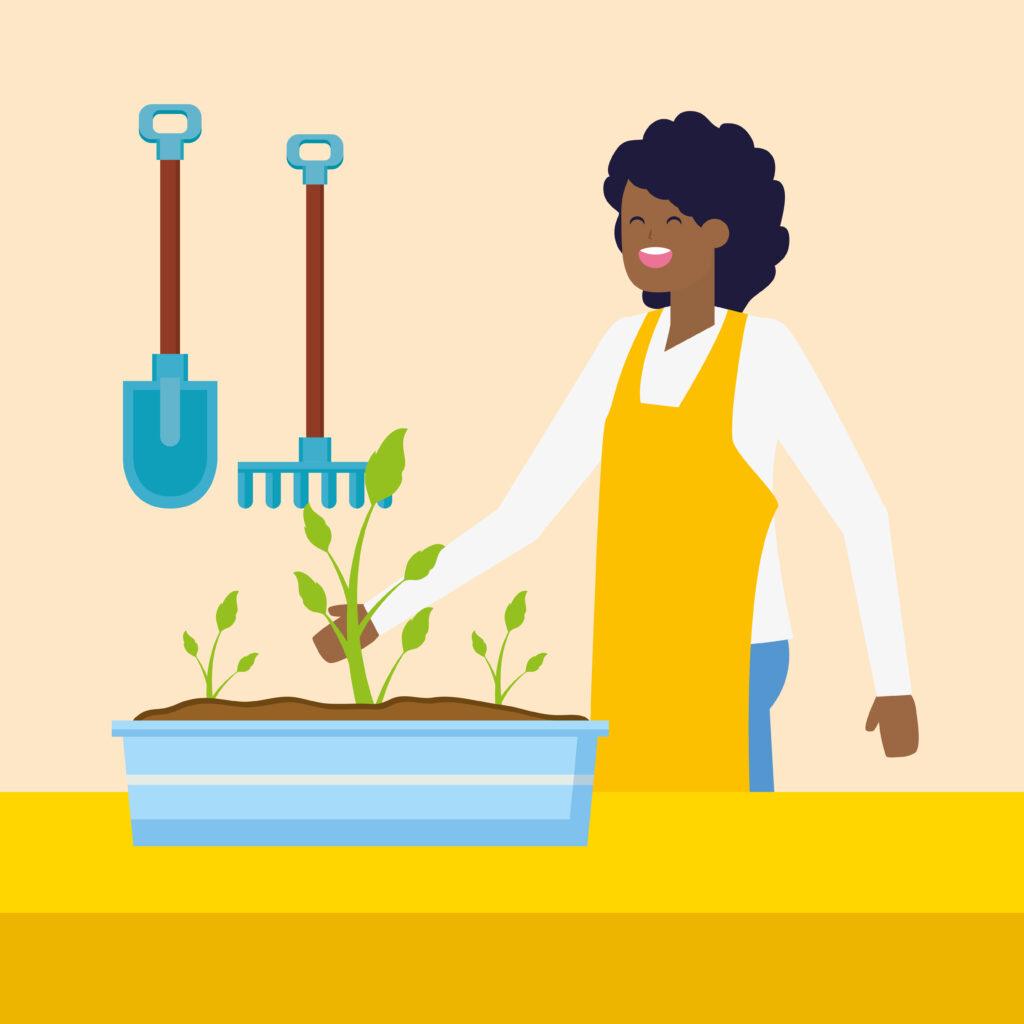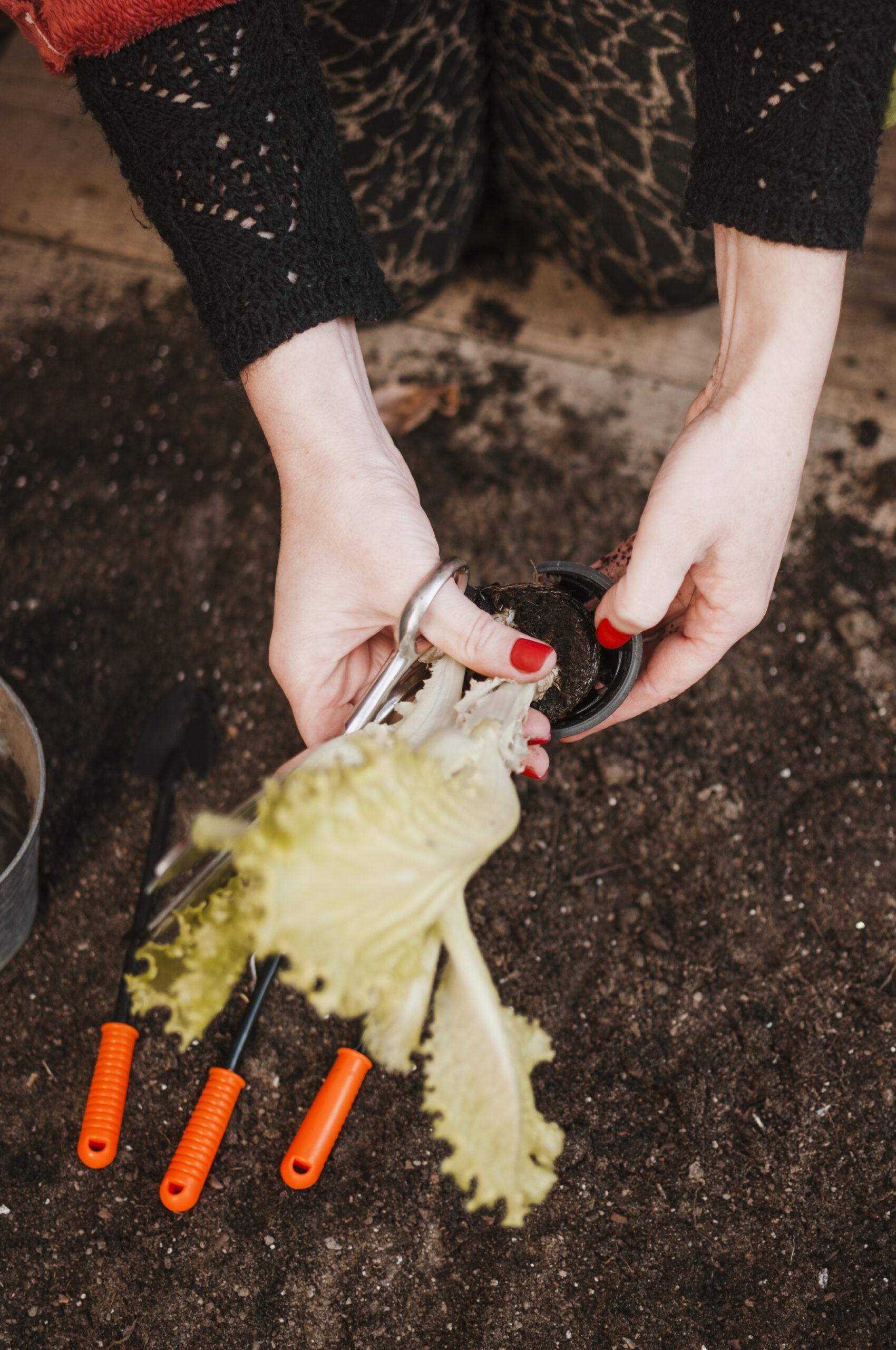KeyGene Develops World’s First Stable “Graft Chimeras” for Hardier, Pest-Resistant Crops
By Michael Le Page
A Dutch biotechnology company has cracked the code on creating stable “graft chimeras”—plants with the skin of one variety and the flesh of another—a breakthrough that could revolutionize agriculture by producing drought-resistant, pest-proof crops without genetic modification.
What Are Graft Chimeras?
Grafting—fusing two plants together—is an ancient technique used to combine desirable traits (e.g., tasty fruit + hardy roots). But graft chimeras are rare, natural accidents where a shoot emerges with:
✔ Outer layers (skin, leaves) from one plant
✔ Inner tissues (flesh, vascular system) from another
Until now, these hybrids were unpredictable novelties (like the famed Bizzarria orange, which grows both lemons and oranges on one tree).
KeyGene’s Breakthrough: Controlled Chimera Creation
The Science Behind the Innovation
While Jeroen Stuurman (KeyGene’s lead researcher) keeps the exact method proprietary, the process likely involves:
- Precision grafting to align stem cell layers
- Selective propagation of chimeral shoots
- Stabilization techniques to prevent reversion
Successful Hybrids Already Developed
🌱 Potatoes – Pimpernel skin + Bintje flesh (world’s first patented graft chimera)
🍅 Tomatoes – Thick-skinned + juicy interior varieties
🌶️ Peppers – Spicy chili skin + sweet pepper core
“This is the signal that we can now go into the next step,” says Stuurman.

Why This Changes Agriculture
1. Instant Pest & Drought Resistance
Many defenses (like sticky trichomes or waxy skins) are surface-level traits—easily transferred via “skin grafts” without altering genes.
2. Faster Than GMO or Cross-Breeding
- No decades-long breeding programs
- Avoids GMO regulations (uses natural grafting)
- Farmers can plant immediately (e.g., chimera potato tubers)
3. Solving Global Food Challenges
Potential applications:
🛡️ Blight-resistant potatoes (like the Irish Famine pathogen)
🌵 Drought-tolerant crops (thick-skinned varieties reduce water loss)
🐜 Insect-proof veggies (hairy trichome barriers)
Expert Reactions: “A Significant Leap”
🔬 Charles Melnyk (Swedish University of Agricultural Sciences):
“Making stable, commercial-grade chimeras is groundbreaking. I’m not aware of anyone else achieving this.”
🔬 Colin Turnbull (Imperial College London):
“The real novelty is stability—KeyGene must have solved the reversion problem to patent their chimera.”
What’s Next?
KeyGene plans to:
✅ Scale up production of high-demand chimera crops
✅ Develop new combinations (e.g., mildew-resistant grapes)
✅ Explore ornamental plants (e.g., dual-color flowers)
“Farmers could grow these tomorrow,” says Stuurman. “No new techniques needed—just better plants.”
Further Reading
- “The Science of Plant Grafting” – Annual Review of Plant Biology
- “Natural Chimeras in Horticulture” – Journal of Botany
- “Sustainable Crop Innovations” – Nature Agriculture
Image Credits: CC-BY plant grafting diagrams, KeyGene experimental photos.
This article is free to republish with attribution. Follow #PlantChimeras for updates.

